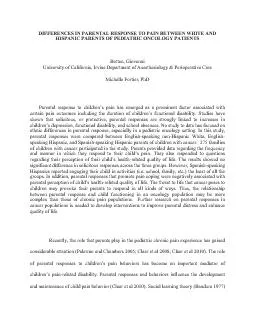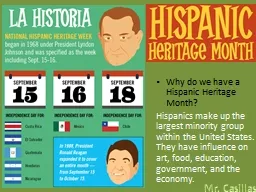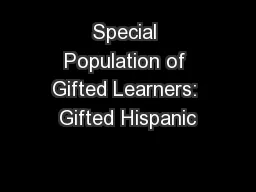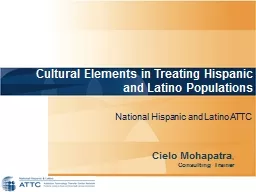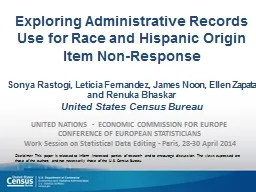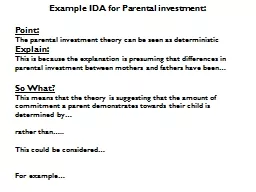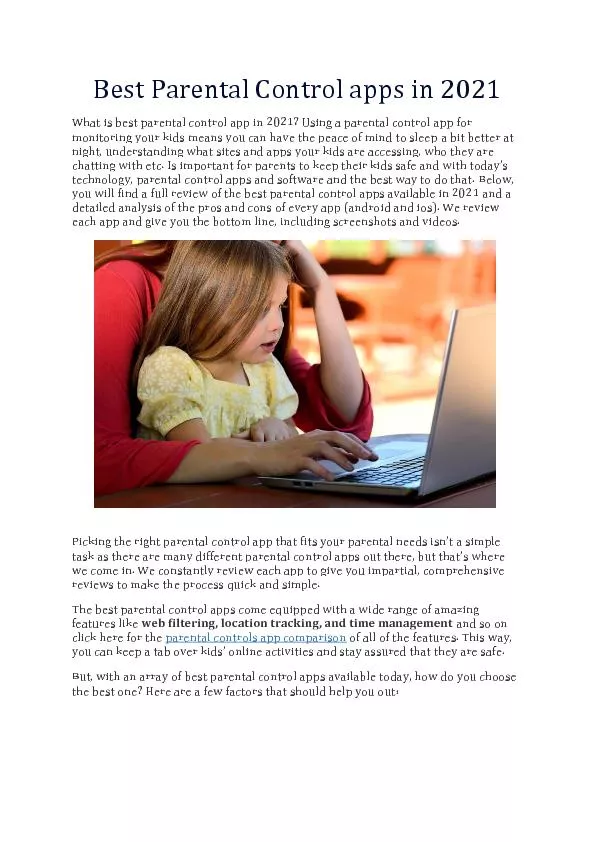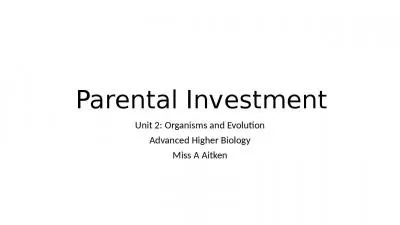PDF-DIFFERENCES IN PARENTAL RESPONSE TO PAIN BETWEEN WHITE AND HISPANIC PA
Author : celsa-spraggs | Published Date : 2015-10-27
2 has been used as the primary theoretical framework to explain this phenomenon Walker and Zeman 1992 Chambers et al 2002 Claar et al 2010 In the context of children
Presentation Embed Code
Download Presentation
Download Presentation The PPT/PDF document "DIFFERENCES IN PARENTAL RESPONSE TO PAIN..." is the property of its rightful owner. Permission is granted to download and print the materials on this website for personal, non-commercial use only, and to display it on your personal computer provided you do not modify the materials and that you retain all copyright notices contained in the materials. By downloading content from our website, you accept the terms of this agreement.
DIFFERENCES IN PARENTAL RESPONSE TO PAIN BETWEEN WHITE AND HISPANIC PA: Transcript
Download Rules Of Document
"DIFFERENCES IN PARENTAL RESPONSE TO PAIN BETWEEN WHITE AND HISPANIC PA"The content belongs to its owner. You may download and print it for personal use, without modification, and keep all copyright notices. By downloading, you agree to these terms.
Related Documents

